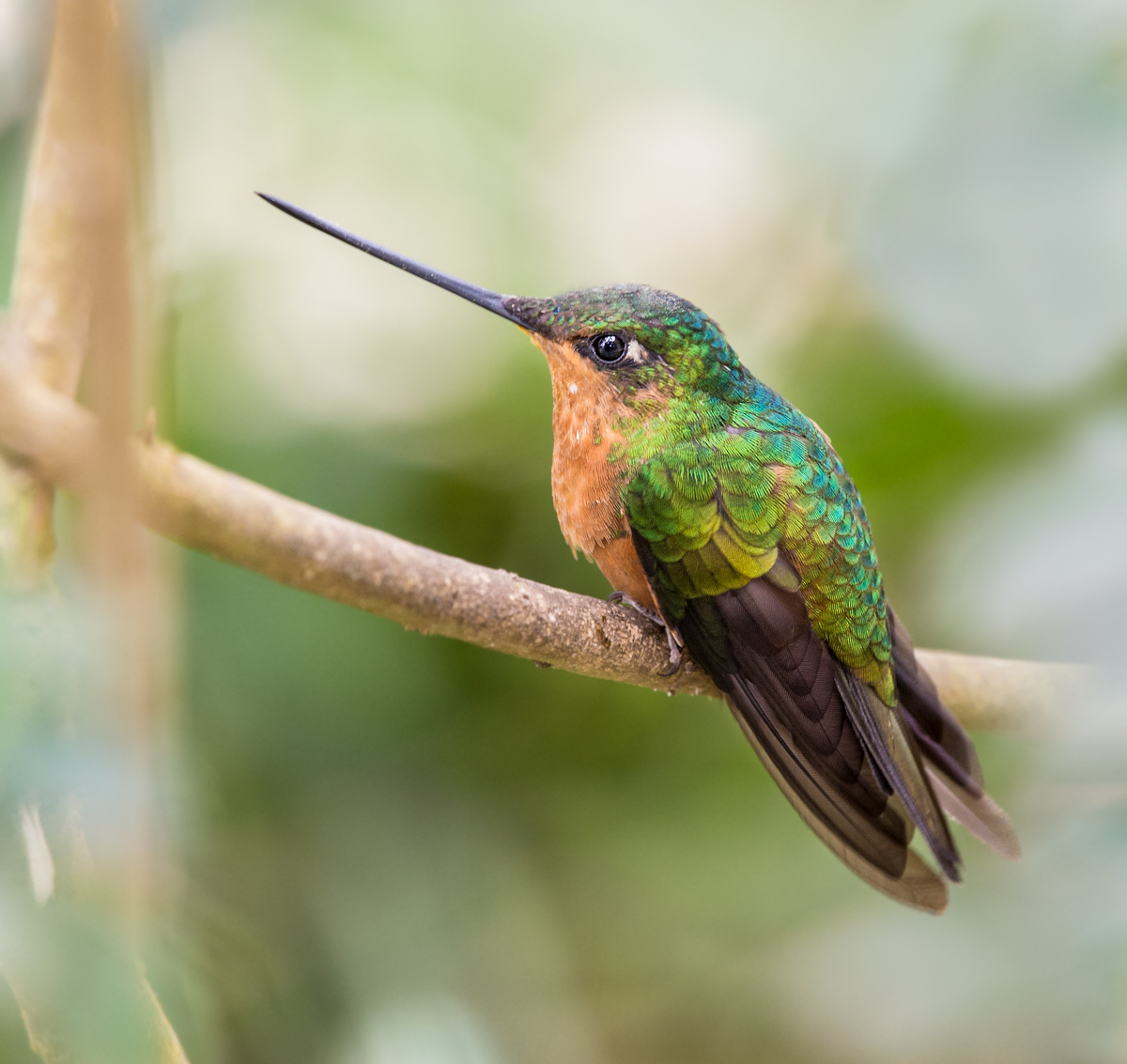
By Daniel Lebbin, Vice President of Threatened Species, American Bird Conservancy
The Sierra Nevada de Santa Marta mountains of northern Colombia are isolated from the main Andean mountain ranges that cross the country and are home to an enormous concentration of birds that live only here, including the White-lored Warbler, Sierra Nevada Brushfinch and Santa Marta Brushfinch. For this reason, it is a highlight of the bird-watching experience in Colombia and a must-visit area for serious bird-watchers to build their life lists in the country. The most popular birding destination within these mountains is the El Dorado Reserve, managed by the conservation organization Fundación ProAves Colombia, which has a lovely lodge and trails catering to birding tours.
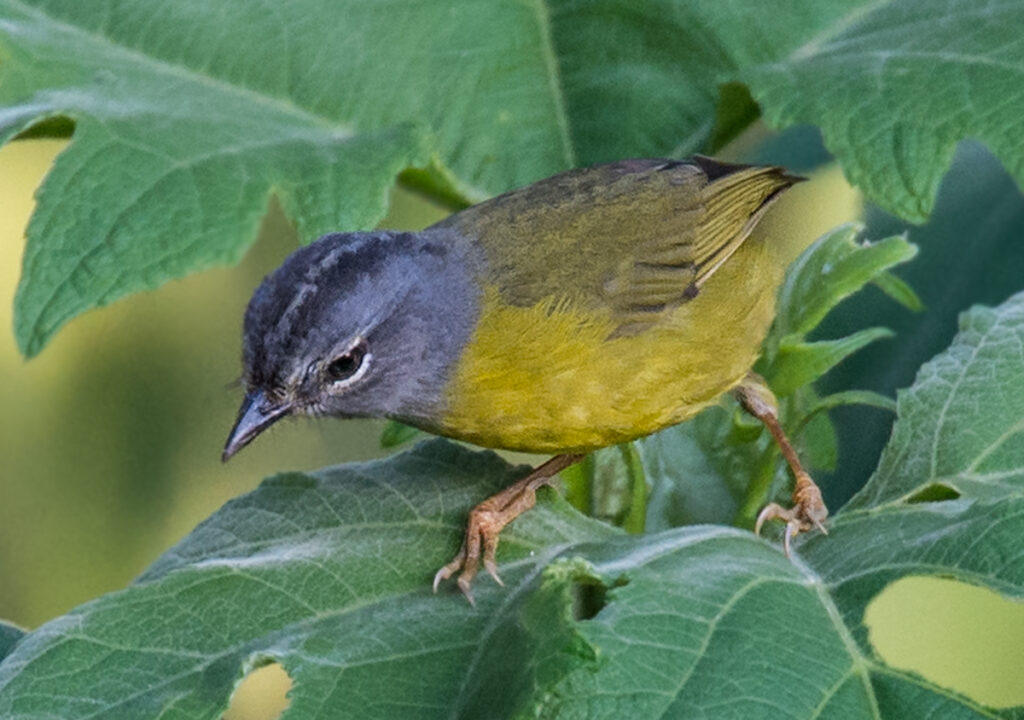
The list of birds that only occur here continues to grow as researchers improve our understanding of bird taxonomy, and new species have been described or split, resulting in even more to look for here. Recent additions to the El Dorado bird list include the Santa Marta Screech-Owl, which was discovered in 2007 based on its unique voice, and described for science in 2017. Previously, the local screech-owls were confused as a local population of the widespread Tropical Screech-Owl. This owl is frequently observed at and near El Dorado Lodge. Other cryptic endemics include the Santa Marta Tapaculo, which occurs only in these mountains (at 1350-1700 m elevation) and was once lumped as a subspecies of the more widespread Rufous-vented Tapaculo. This tapaculo species is replaced at higher elevations (2000-3660 m) by the Brown-rumped Tapaculo, another endemic species for these mountains. Tapaculos are loud, but can be hard to see as the hop and walk on branches, logs and the thick vegetation of the forest floor. Another loud, but skulking bird, the Hermit Wood-Wren (1800-3600 m elevation) is also endemic to these mountains and was previously considered a subspecies of the Gray-breasted Wood-Wren, but differ from this species in their song. Gray-breasted Wood-Wrens also occur in the Santa Marta Mountains, but at lower elevations. Not to be outdone, but the most recent split of the widespread Rufous Antpitta complex resulted in another endemic bird for the Santa Marta mountains called the Sierra Nevada Antpitta – only appearing on eBird checklists since the 2021 taxonomy update. Don’t confuse this endemic species with the larger Santa Marta Antpitta, also endemic to these mountains.
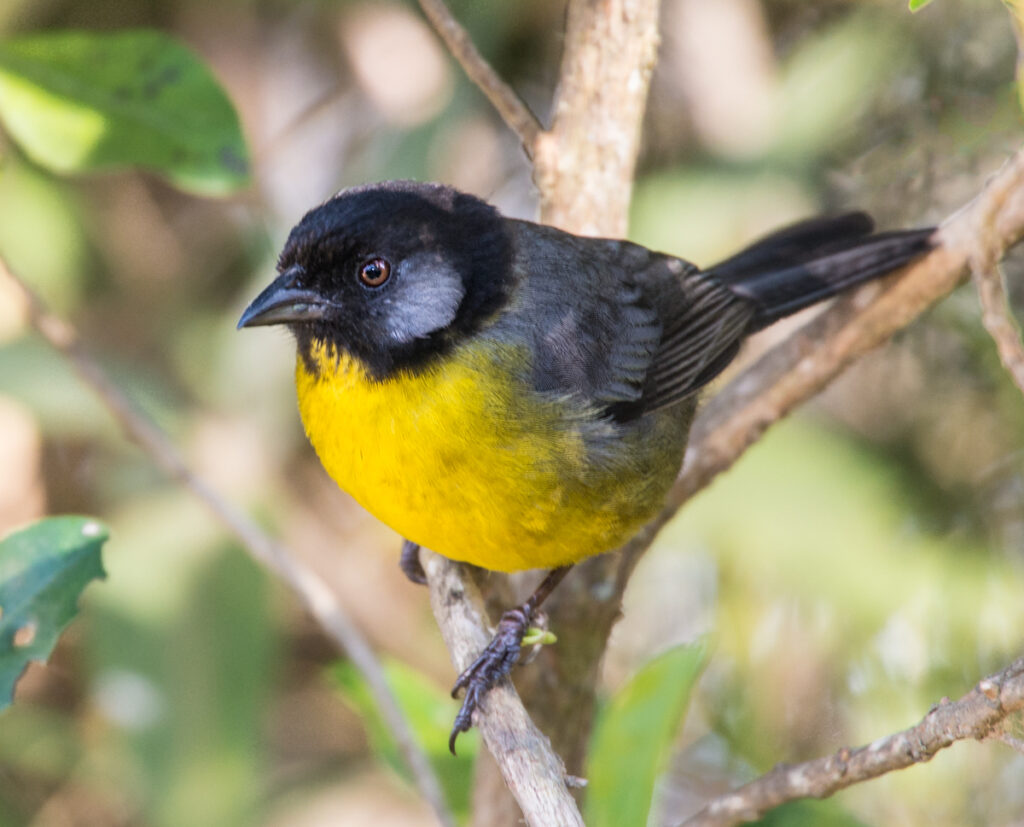
The Santa Marta Mountains are also home to several lost species – known species that have not been observed for many years. For example, the Red-crested Tree-rat or Santa Marta Toro was known from only three specimens collected in 1898 and 1913. This nocturnal mammal remained unobserved until May 2011, when one evening, one individual was photographed on the railing of El Dorado Lodge! Despite efforts to re-find this animal, it has remained elusive since. Higher than El Dorado Reserve (which is located on the San Lorenzo ridge, somewhat separated from the main and tallest mountains in the Santa Martas), one can find alpine meadows call páramo. Small fragments of this habitat remain and are home to the Blue-bearded Helmetcrest, another species that was only recently recognized as its own species and rediscovered in 2015 by ProAves researchers. One more Santa Marta species remains lost to science, with no observations in the last ten years. This is the Santa Marta Sabrewing, and the only known photos are from March 2011, taken at El Dorado Reserve at 1,900 m elevation. It is believed this species usually occurs at higher elevations and occasionally descends to this level. ABC works with partners to locate and document the continued survival of lost bird species, and the Santa Marta Sabrewing is one such species that we must re-find and learn more about to better conserve.
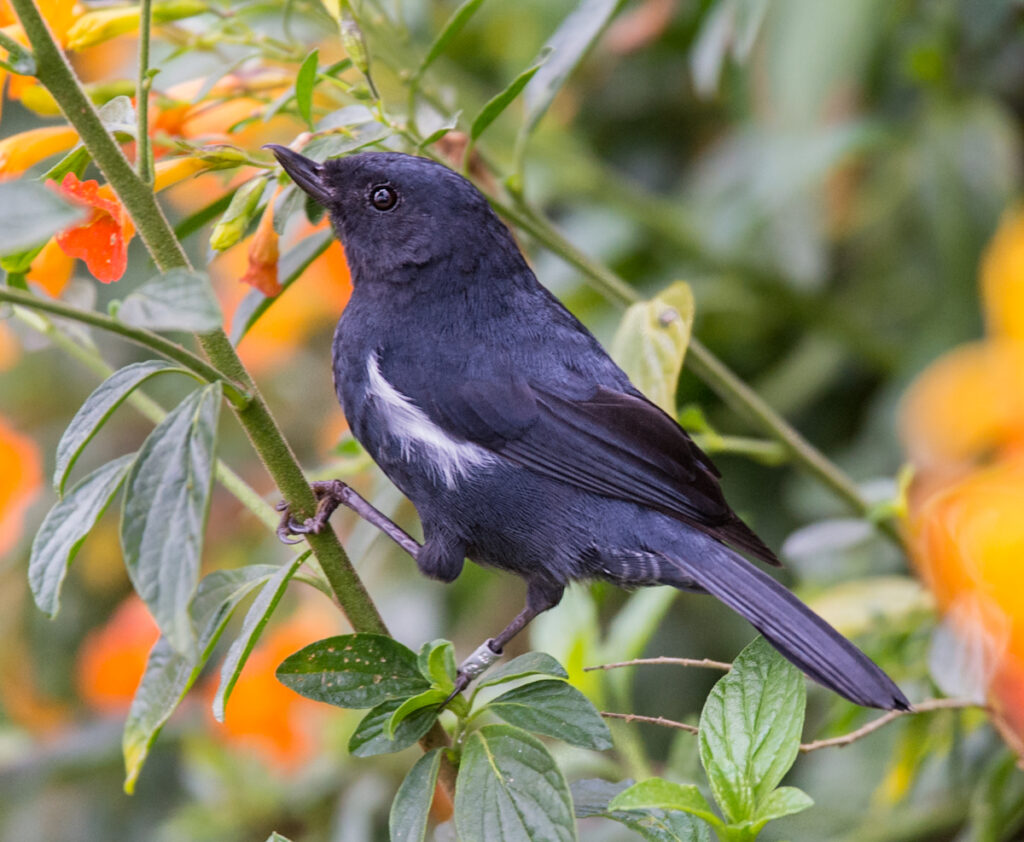
Not all the birds at El Dorado Lodge are hard to find, and many are quite willing to show themselves. White-tipped Quetzals are fairly common yet stunning sight along the road in the reserve. For some of the best birding, one does not even have to leave the lodge grounds. Here, hummingbird feeders and landscaped flowers attract a plethora of hummingbirds and flowerpiercers, such as the Crowned Woodnymphand White-sided Flowerpiecer. Two of the larger hummingbirds I saw when I was here were the rare Lazuline Sabrewing (its rufous tail distinguishes it from the lost Santa Marta Sabrewing) and spectacular White-tailed Startfrontlet. Sometimes the endemic Santa Marta Woodstar show up here as well, but none were around when I was there. Wood-Quails are loud, but often shy and hard to see, but Black-fronted Wood-Quail are accustomed to corn feeders at the lodge and boldly walk in the open, habituated to the presence of people. Finally, the endemic Santa Marta Parakeets can be seen foraging in the trees around the lodge, although they are easier to see near nest boxes and roosting sites higher up in the reserve’s upper portions.
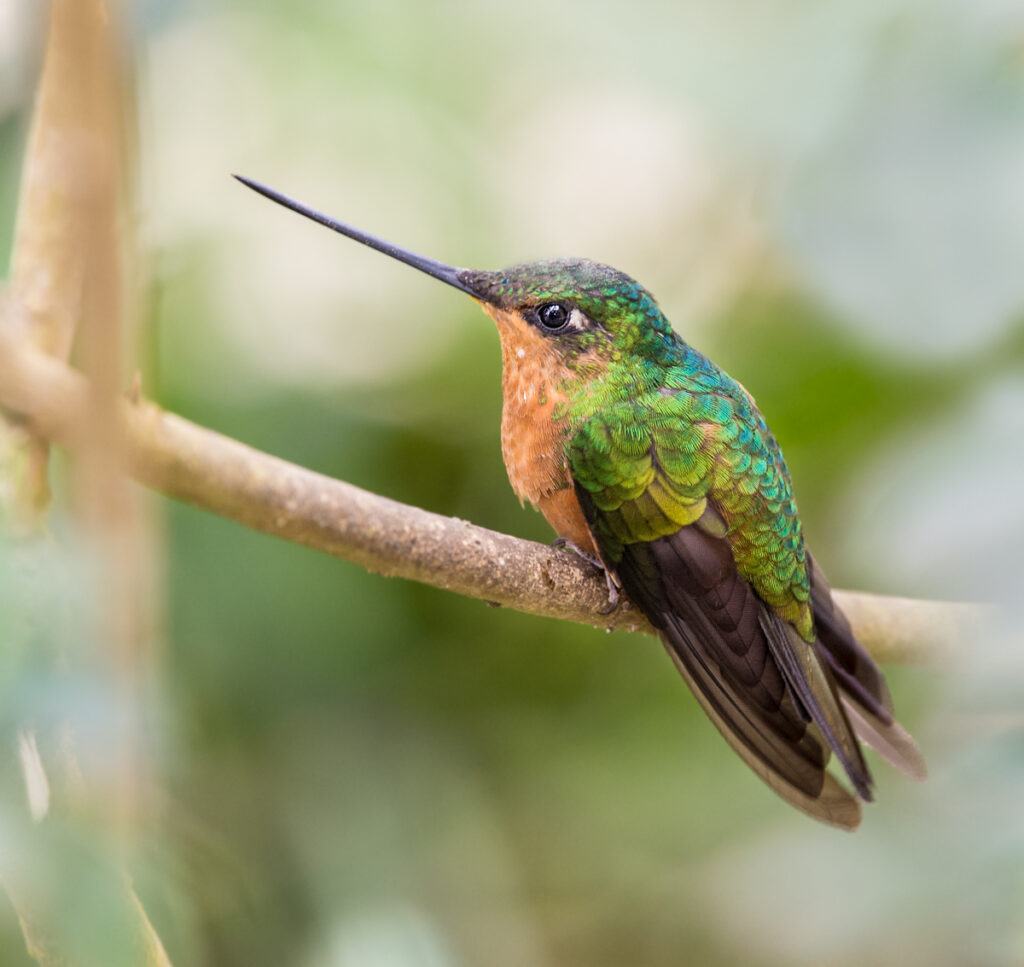
Interested in visiting and having your own Santa Marta adventure? Learn more at ProAves and ConservationBirding.
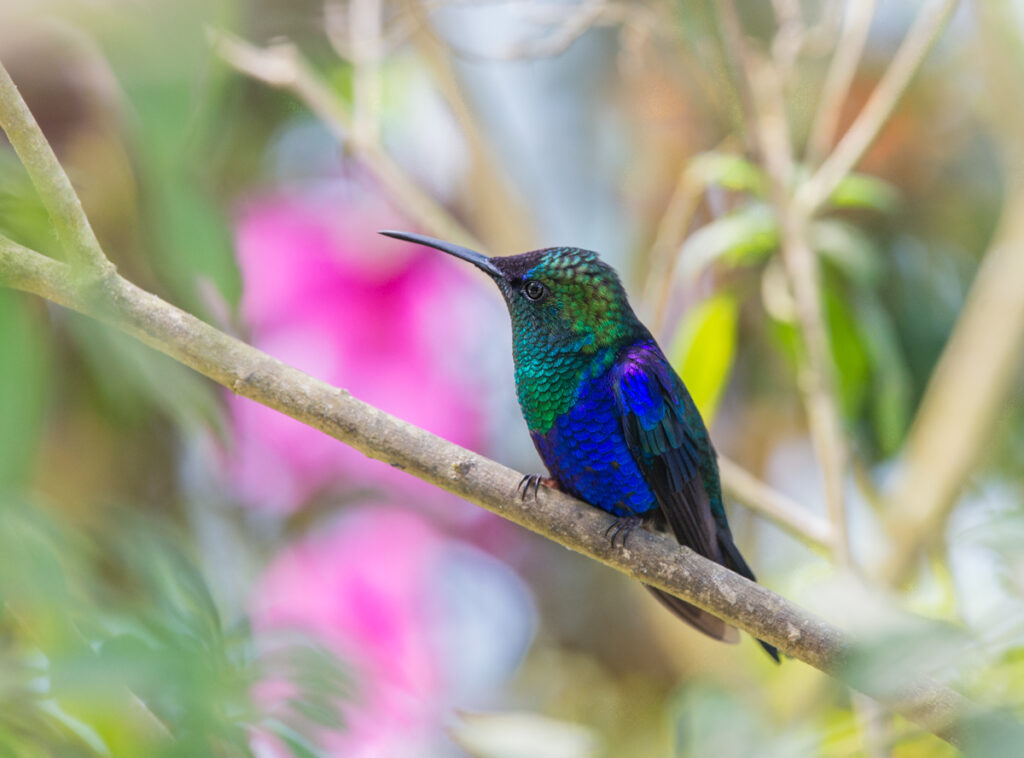
American Bird Conservancy has long supported our partner Fundación ProAves Colombia, including land acquisition and lodge construction at El Dorado Reserve


